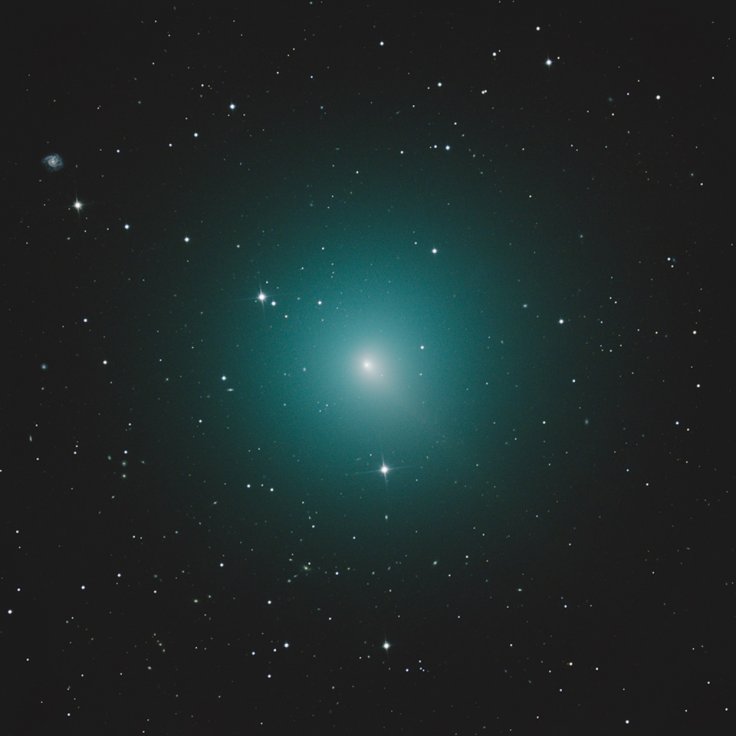
NASA said in a statement that the brightest comet in the night sky will make one of the 10 closest comet flybys of the earth in 70 years and people can witness the phenomena without using a telescope on Sunday, December 16.
The comet known as 46P/Wirtanen will approach at a distant 11.4 million kilometres or 30 lunar distances from the blue planet, but as per the scientists, it is one of the rare opportunity to witness such a moment.
In the statement, published on Friday, December 14 the American space agency said that the comet has already been visible in amateur telescopes. They also added that since the brightness of Wirtanen is very difficult to predict, so there is a possibility that it could be visible with binoculars or to the naked eye.
The agency also added that the comet is expected to pass through the observing field of the Transiting Exoplanet Survey Satellite (TESS).
Paul Chodas, manager of the Center for Near-Earth Object Studies at NASA's Jet Propulsion Laboratory in California stated, "This will be the closest comet Wirtanen has come to Earth for centuries and the closest it will come to Earth for centuries" and "This could be one of the brightest comets in years, offering astronomers an important opportunity to study a comet up close with ground-based telescopes, both optical and radar."
In 1948, this comet was first explored by the American astronomer Carl Wirtanen, who worked at Lick Observatory.
Wirtanen has a width of 1.1 kilometres and it orbits the Sun quite quicker- once every 5.4 years and that makes it a short-period comet, as long-period comets have orbital periods of more than 200 years.
As told by NASA during the closest approach the comet can be seen in the constellation Taurus, close to the Pleiades. Astronomers led by the University of Maryland are planning to conduct an observation campaign, which during the closest flyby. This campaign would help to collect the details for the scientific study of the properties of this "hyperactive" comet which emits more water than expected, given its relatively small nucleus.
Wirtanen was once the favoured rendezvous target for ESA's comet exploring Rosetta mission, which was launched in March 2004.









